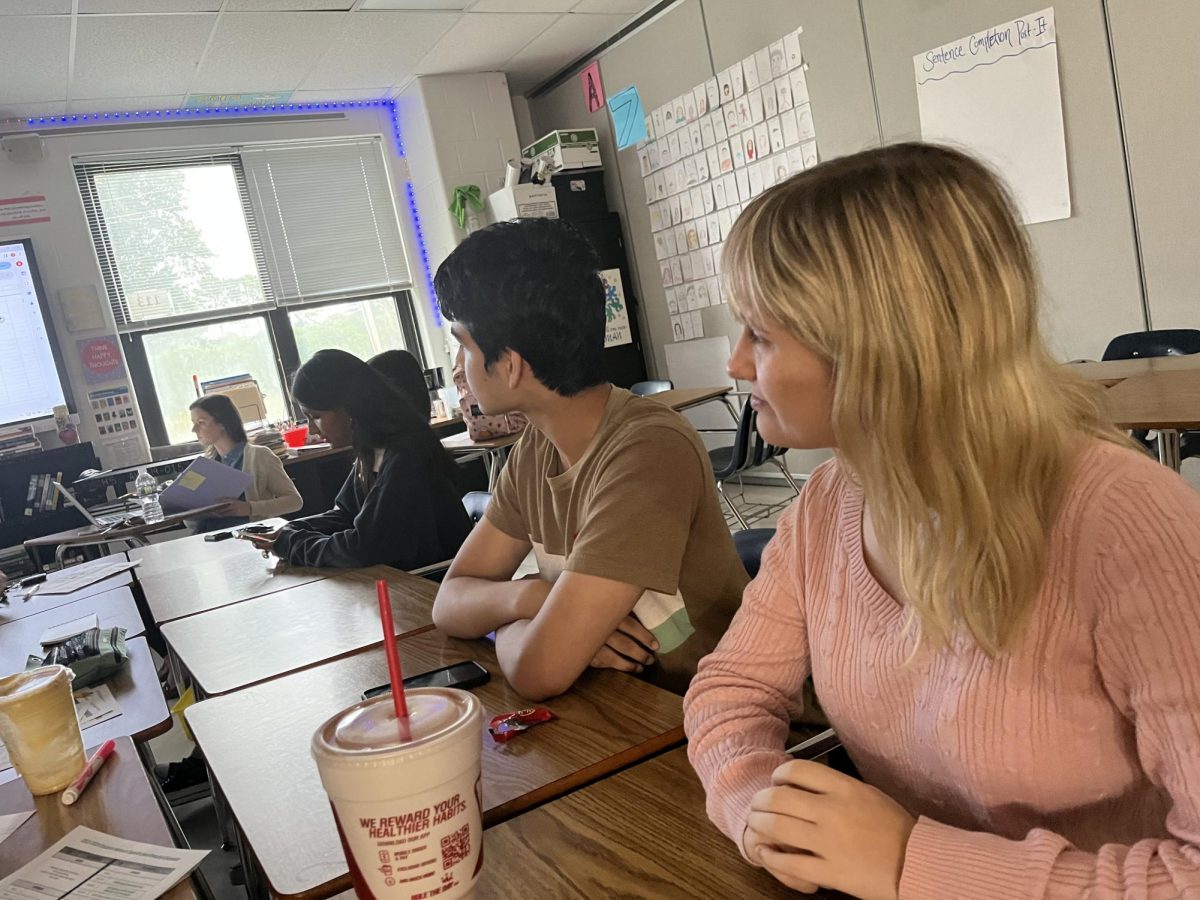Wake up, walk downstairs, prepare breakfast, check Instagram, Twitter, Facebook, Snapchat, YouTube, Vine, then get dressed. Much like many teenagers, senior Valerie Udovenko has found a way to work social media into her everyday schedule.
“Every ten minutes or so I check my social media,” Udovenko said. “I always feel like I need to stay updated, and make sure I don’t miss anything.”
Today, teenagers are referred to as “Millennials,” or “Generation Y,” and are highly referred to as the “Technical Generation” because of the prevalence of technology in their lifespan. According to a 2010 study by the Kaiser Family Foundation, today’s teens spend approximately seven and a half hours a day consuming media, which is longer than the sleep an average high school student gets on a school night.
“I feel like the school is eliminating an important resource by blocking social media on the schools Wi-Fi,” senior Anna Ford said. “On Twitter, you can see what’s going on around the school and around the area.”
A 2012 national study by the Joan Ganz Cooney Center discovered that the biggest classroom problem faced by teachers is the distraction of social media in their classes. Teachers also said that social media has hurt students face to face communication skills by 59 percent.
“I feel like social media distracts
students, like myself, in class,” junior Taylor Kreutz said. “It’s addicting, you can look across the classroom and you’ll see that half the kids are on their phones.”
According to the same study by the Joan Ganz Cooney Center, the results revealed that only 17 percent of teachers believed that social media had positive influences on children and teenagers.
“It seems like adults are always trying to say that social media can destroy the classroom,” Udovenko said. “It can be a great learning tool if we could implement it into our curriculum the proper way.”







![Ninja Christmas [Comic]](https://FHNtoday.com/wp-content/uploads/2024/12/Ninga-Christmas-Comic-1200x898.jpeg)







![Not Most Little Girls’ Dream [Personal Column]](https://FHNtoday.com/wp-content/uploads/2024/11/Copy-of-Mckenna-Hudson-Tales-of-a-child-delinquent-1200x800.png)





![The November Issue [Comic]](https://FHNtoday.com/wp-content/uploads/2024/12/Untitled_Artwork-2-856x1200.png)
